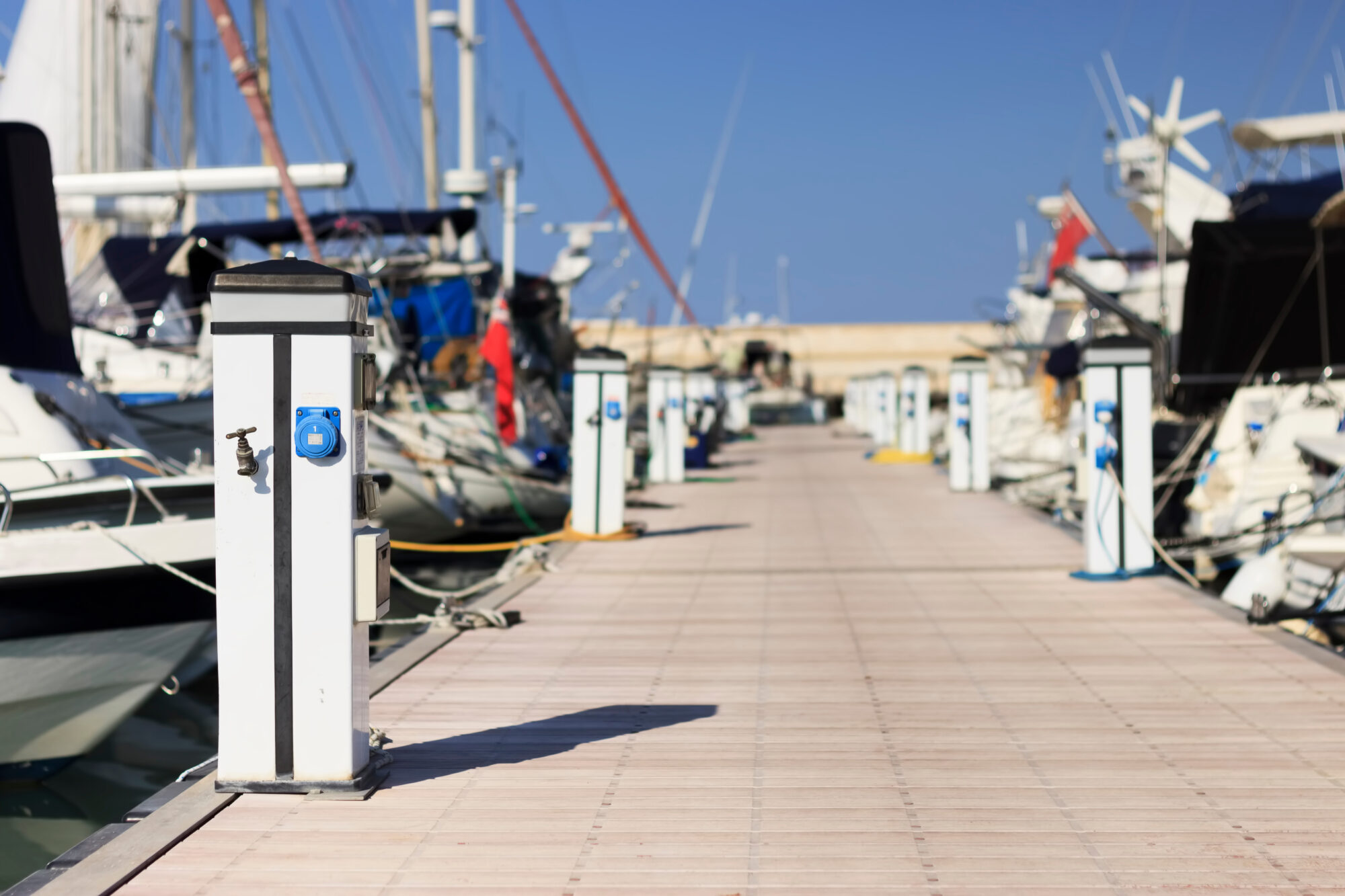While investigating the current and future needs of today’s operators a few design goals became clear:
1) A single system that could service any ship, at any place, in any configuration along the quay was needed to future proof the system. The guesswork of what vessels would call in the future needed to be eliminated.
2) Asset utilization rates per investment needed to increase. Just adding more SPO vaults is cost prohibitive and, in some cases, impossible to due terminal design. Also, only one SPO per berth can be used at a time, so why maintain and invest in 6+ vaults which need additional switchgear, expensive cabling and precious real estate that may only get used a few times a year or possibly never again after a fleet change?
3) Usability and safety should be enhanced at any opportunity that is found. Ergonomic and easy function in a system that fits into Industry 4.0 and the terminal of tomorrow.
Shore Power 2.0 was needed to create the flexibility, automation and future proof solution that the industry needed to economically adopt shore power. Therefore, iMSPO was created.
The Future: Inflation Reduction Act and Global Adoption
With the Inflation Reduction Act being passed in August of 2022, a “general assistance” fund for port authorities to install zero-emission port equipment, conduct planning or permitting in connection with such zero-emission port equipment or technology, and to develop qualified climate action plans will be created. Additional funding is available to award rebates and grants to eligible recipients to carry out the same activities in non-attainment areas under the CAA.
TITLE VI–COMMITTEE ON ENVIRONMENT AND PUBLIC WORKS
Subtitle A–Air Pollution
The bill provides funding to the Environmental Protection Agency (EPA) to establish a greenhouse gas reduction fund and to support several programs that provide financial incentives to reduce greenhouse gas emissions and other air pollution emissions. For example, the bill provides incentives to
- Replace eligible medium-duty vehicles (e.g., school buses) and heavy-duty vehicles (e.g., garbage trucks) with zero-emission vehicles,
- Purchase or install equipment and technology to reduce pollution at ports,
- Identify and reduce emissions from diesel engines,
- Monitor air pollution and greenhouse gases,
- Encourage states to adopt and implement greenhouse gas and zero-emission standards for mobile sources, and
- Reduce methane emissions from petroleum and natural gas systems.
The bill also provides funding to implement the renewable fuels programs and the American Innovation and Manufacturing Act.

